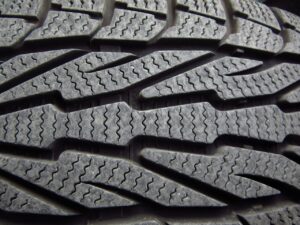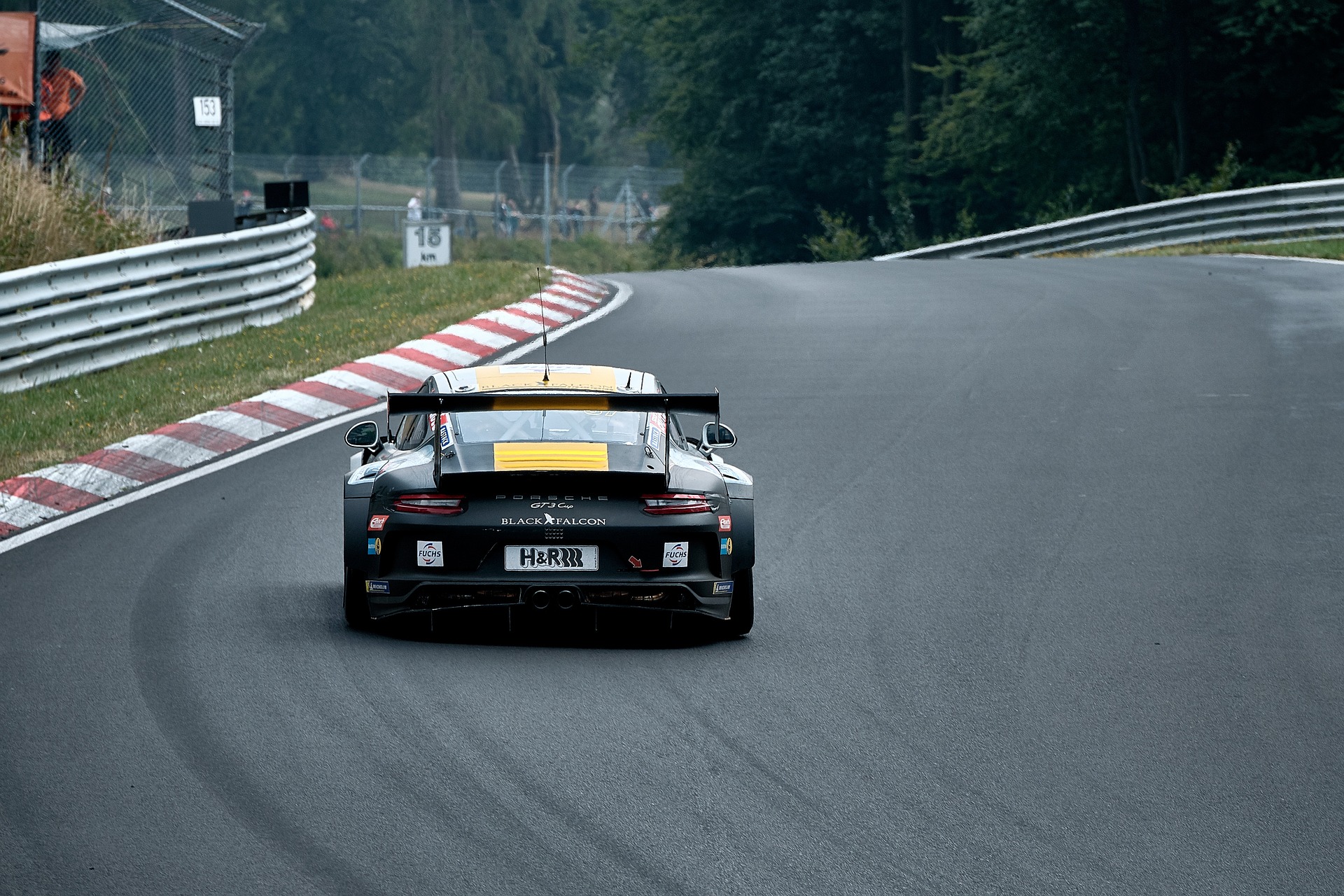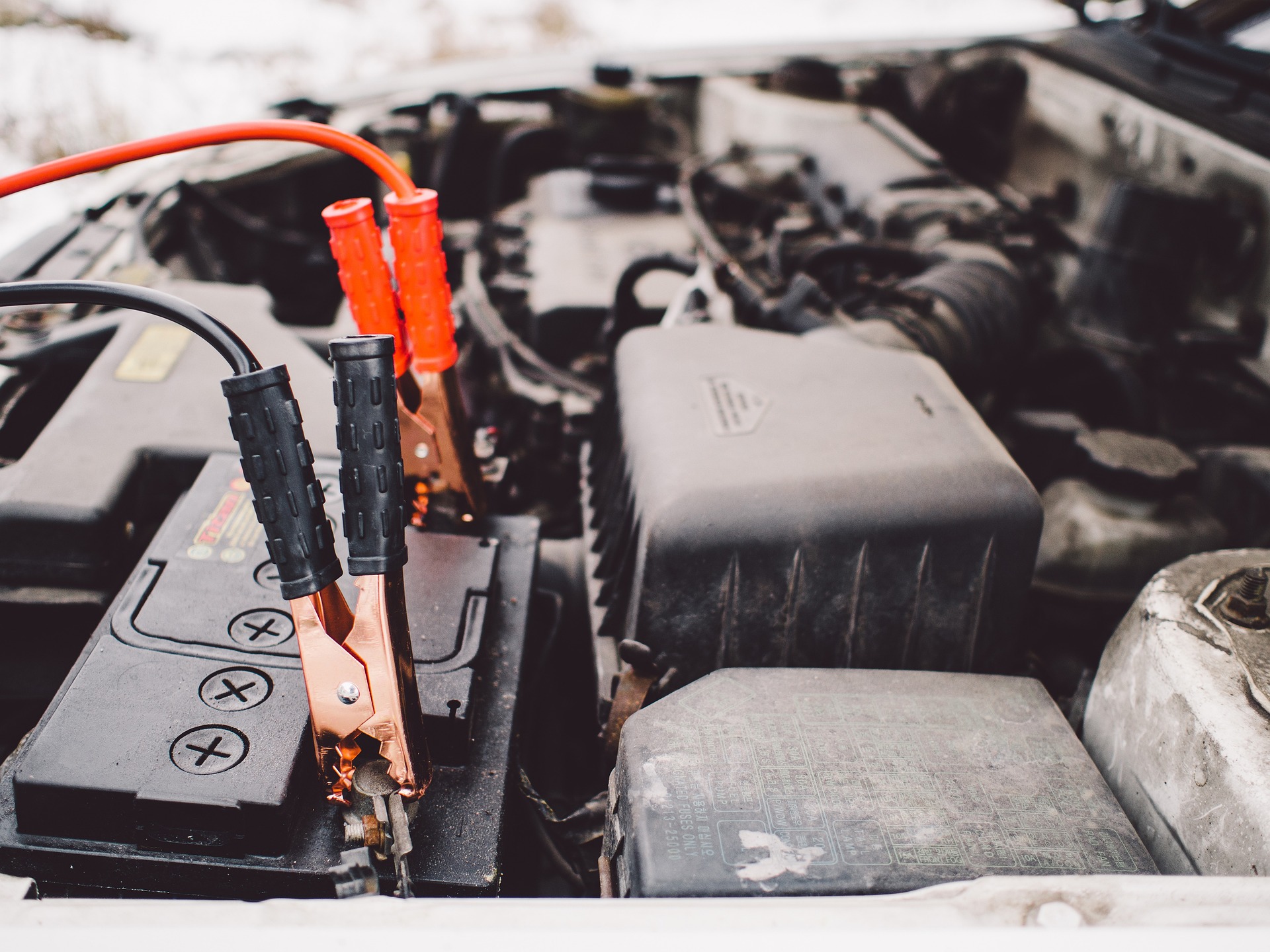This post may contain affiliate links, which means we may receive commission, at no additional cost to you, if you make a purchase through these links. See our full disclosure here.
Taking your car to the track is an exhilarating experience that allows you to push your vehicle to its limits in a controlled environment. Before you start burning rubber, properly preparing your car for the track is essential to ensure both safety and maximizing performance. Check out these steps to prepare your car for a track day to make sure you cover everything from mechanical checks to essential gear.
Prepare Your Car for the Track

Perform a Thorough Inspection
Mechanical Health
Before hitting the track, ensure your car is in excellent mechanical condition. Check the engine, transmission, and differential fluids. Fresh oil and a clean filter are crucial in order to handle the additional stress high-performance driving puts on these components. Inspect the coolant level and condition. Top it off if necessary.
Brakes
Brakes are one of the most critical systems on the track (and public roadways, for that matter). Inspect the brake pads for wear and replace them if they’re thin. Ensure the brake rotors are in good condition and not warped. Bleed the brake system to remove any air bubbles and replace the brake fluid with a high-temperature performance fluid to prevent brake fade.
Tires
Your tires are the only contact between your car and the track, so they need to be in top shape. Check the tire tread depth and ensure there are no cracks or damage. Adjust the tire pressure according to the manufacturer’s recommendations for track conditions. Consider using performance or track-specific tires for better grip and handling.
Suspension
Inspect your suspension components, including shocks, struts, and bushings, for any signs of wear or damage. Proper alignment is crucial for handling, so have your alignment checked and adjusted if necessary.
Related: If you plan on heading to the track, make sure you can change a tire!
Safety Equipment
Helmet
A helmet is a must for any track day. Ensure it meets the required safety standards set by the track or event organizers. A Snell or FIA-approved helmet is usually required.
Harness and Roll Cage
While not always mandatory, a racing harness and roll cage can help ensure your safety. A harness keeps you securely in place, while a roll cage offers additional protection in case of a rollover.
Fire Extinguisher
Mount a fire extinguisher within easy reach of the driver. It’s a simple yet effective safety measure that can be invaluable in an emergency.
Prepare Your Vehicle
Remove Unnecessary Weight
Remove any unnecessary items from your car to reduce weight and improve performance. This includes floor mats, spare tires, and any loose items that could move around during high-speed driving.
Fuel
Fill your tank with high-octane fuel to ensure your engine runs smoothly and efficiently. Avoid overfilling, as excess fuel can slosh around and affect handling, especially at high speeds.
Tire Warm-Up
Cold tires can be slippery, so take a few laps at a moderate pace to bring them up to temperature. This will improve grip and performance as you hit higher speeds.

Check the Track Rules and Regulations
Technical Inspection
Many tracks require a technical inspection before you’re allowed on the track. Familiarize yourself with the inspection checklist and ensure your car meets all of the requirements.
Driver Requirements
Make sure you meet all driver requirements, including proper attire and any necessary licenses or memberships.
Related: Ever consider tearing up the track in an import? The Nissan Skyline is always ready to roll!
Track Day Essentials
Tools and Spares
Bring a basic tool kit for any on-the-spot repairs. Include items like a full mechanic’s wrench set, screwdrivers, pliers, and a digital tire pressure gauge. Spare parts such as brake pads, tires, and fluids can be especially helpful in a pinch.
Comfort Items
Track days can be long, so bring plenty of water, snacks, and a cooler to stay hydrated and energized. A folding chair and shade can make downtime between sessions more comfortable.
On the Track
Warm-Up Laps
Start with a few warm-up laps to get a feel for the track and your car’s performance. Gradually increase your speed as you become more comfortable.
Stay Alert
Always be aware of your surroundings and other drivers. Follow the track rules and respect the flags and signals from the track marshals.
Cool-Down Laps
After a session, take a few cool-down laps at a slower pace to let your engine, brakes, and tires cool down gradually. This helps prevent overheating and excessive wear on your car’s major components.
Prepare Your Car for the Track
Preparing your car for the track involves more than just showing up with a full tank of gas. A thorough inspection, proper safety equipment, and understanding the track rules are essential for an exhilarating and enjoyable experience. By following these steps, you can ensure your car is ready to perform at its best, and that you stay safe while pushing both yourself and your car to the limit!




